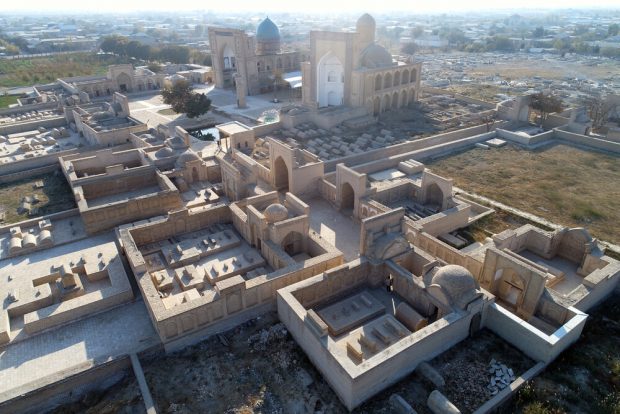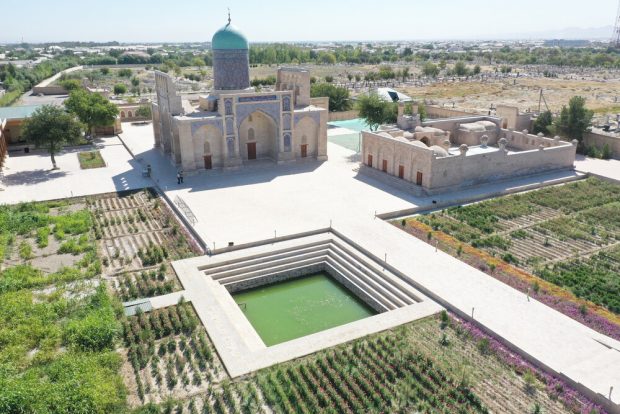Silk Roads: Zarafshan-Karakum Corridor included in World Heritage List

Chor Bakr necropolis: khaziras, view to south-west (UNESCO)
By Kuban Andymen
ASHGABAT: Historical sites along the “Silk Road: Zarafshan-Karakum Corridor” route have been included in the UNESCO World Heritage List.
The decision was made at the 45th session of the UNESCO World Heritage Committee in Riyadh, Saudi Arabia, Turkmenportal.tm reports.
The transnational serial nomination “Silk Road: Zarafshan-Karakum Corridor” includes 31 monuments located in Tajikistan, Turkmenistan, and Uzbekistan.
the Turkmenistan embassy in France said that the nomination of the corridor reflects outstanding achievements in architecture, technology, and monumental urban planning art along this stretch of the Silk Road from the 2nd century BCE to the 16th century.
“Today, Turkmenistan, together with our fraternal colleagues from Tajikistan and Uzbekistan, presents the important legacy of the Great Silk Road on the world stage in our joint nomination ‘Silk Road: Zarafshan-Karakum Corridor.’ Permanent Representative of Turkmenistan to UNESCO Maxat Chariev said.
“This initiative not only continues the ancient traditions of the route but also underscores the longstanding friendly relations between the countries of Central Asia.”

Kasim Sheikh Architectural Complex: Kasim Sheikh Khanaka and Ziaratkhona (UNESCO)
According to UNESCO, the Zarafshan-Karakum Corridor is a key section of the Silk Roads in Central Asia that connects other corridors from all directions.
Located in rugged mountains, fertile river valleys, and uninhabitable desert, the 866-kilometre corridor runs from east to west along the Zarafshan River and further southwest following the ancient caravan roads crossing the Karakum Desert to the Merv Oasis.
Channeling much of the east-west exchange along the Silk Roads from the 2nd century BC to the 16th century, a large quantity of goods was traded along the corridor.
People travelled, settled, conquered, or were defeated here, making it a melting pot of ethnicities, cultures, religions, sciences, and technologies.
























































